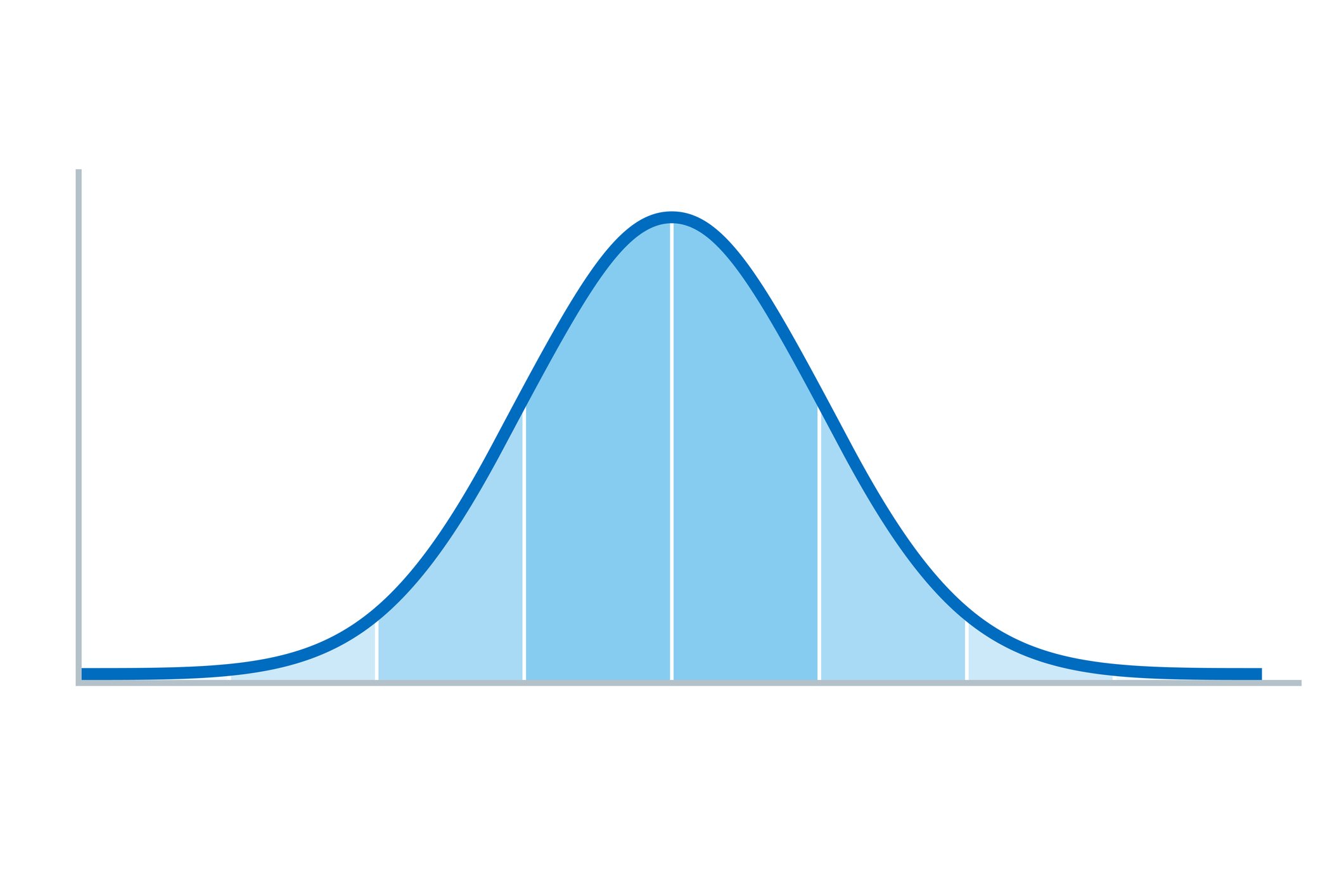Qualitative Data Analysis: Where to Start?
By Janet Salmons, Ph.D., Research Community Manager for Sage Research Methods Community
Data analysis is the Sage Research Methods Community focus for the third quarter of 2023. As this series on data analysis unfolds, you will find posts and resources about each stage of the process for qualitative and quantitative research, as well as suggestions for software tools and for teaching methods for analysis.
What is qualitative data analysis?
Qualitative data analysis is an umbrella term that encompasses many steps and processes. The term describes ways we work with data collected with qualitative methods, which can take many forms. We might have field notes or research journal entries, written or verbal responses to questions, media or audio files, visual data such as photographs, drawings, or graphics. We might have documents from archives or posts made online. It is not unusual to have multiple types of data in the same study.
Qualitative data can be deep and narrow, generated using in-depth methods with a small group of participants. But qualitative studies can also use Big Data drawn from a large number of participants or sources. Some researchers use software known as CAQDAS, short for Computer Assisted Qualitative Data AnalysiS, to carry out some of these steps while others use standard programs such as Microsoft Word or Excel. In other words, a single qualitative data analysis approach is impossible! That means you will need to assess the options to see what fits your data.
Common Stages of Qualitative Data Analysis
Where to start? How can we make sense of qualitative data? Most styles of qualitative data analysis include variations on these common stages:
Revisiting the purpose of the study
Looking at conventions and guidance associated with the study’s methodology
Choosing a strategy and committing to ethical practices
Managing raw data
Organizing, labeling or tagging data
Identifying major concepts or themes
Coding data in multiple rounds
Writing analytic memos
Using reasoning to interpret results and find meaning
Drawing and verifying conclusions
Explaining and presenting results
Each type of design and qualitative methodology addresses these stages in a unique way.
Recent Books from Sage about Analyzing Qualitative Data
Here are some options from Sage for researchers who want to learn about the stages and options for analyzing qualitative data. If you would like to purchase one of these books se the code MSPACEQ323 for a 20% discount on a purchase of the book, through September 2023.
Qualitative Data Analysis: Practical Strategies, Second Edition by Patricia Bazeley (2020)
Balancing theoretical foundations with practical strategies, this book helps you develop an approach to your qualitative analysis that is both systematic and insightful. It demonstrates the importance of tying analysis into every aspect of research, from design, through data collection and management, to writing up, and provides step-by-step guidance on how to embed analysis from start to finish.
Analyzing Qualitative Data: Systematic Approaches, Second Edition by H. Russell Bernard, Amber Wutich, Gery W. Ryan (2016)
The fully updated Second Edition presents systematic methods for analyzing qualitative data with clear and easy-to-understand steps. The first half is an overview of the basics, from choosing a topic to collecting data, and coding to finding themes, while the second half covers different methods of analysis, including grounded theory, content analysis, analytic induction, semantic network analysis, ethnographic decision modeling, and more. Real examples drawn from social science and health literature along with carefully crafted, hands-on exercises at the end of each chapter allow readers to master key techniques and apply them to their own disciplines.
Thematic Analysis: A Practical Guide by Virginia Braun, Victoria Clarke (2021)
Developed and adapted by the authors of this book, thematic analysis (TA) is one of the most popular qualitative data analytic techniques in psychology and the social and health sciences. It addresses the common questions surrounding TA as well as developments in the field, offering a highly accessible and practical discussion of doing TA situated within a clear understanding of the wider terrain of qualitative research.
Qualitative Analysis: Eight Approaches for the Social Sciences by Margaretha Järvinen, Nanna Mik-Meyer (2020)
Introducing eight analytical approaches that are key to successful social science research, this book helps you get to grips with theory and apply it to qualitative analysis. With two ‘matched chapters’ dedicated to each approach, it provides a balance between theory and analytical method. The first chapter grounds the approach in theory and the second uses real-world examples to show how to conduct your own analysis using the approach.
Qualitative Secondary Analysis by Kahryn Hughes, Anna Tarrant (2019)
A comprehensive guide to carrying out Qualitative Secondary Analysis (QSA) that brings together expert advice and professional insight from leading researchers who have developed innovative theories and methods of QSA. Exploring crucial components of research and analysis—such as where to find resources, how to search within a resource, and working with both paper archives and non-textual data—each chapter offers insightful case studies, links to further reading and applied helpful hints and tips to help effectively apply these innovations to further the reader’s own research.
Qualitative Content Analysis: Methods, Practice and Software, Second Edition by Udo Kuckartz, Stefan Rädiker (2023)
This hands-on guide to qualitative content analysis from two internationally renowned experts provides you with a clear strategy for analysing your data, whether you are working with social media content, field notes, images, narratives or focus group data. Using qualitative interviews as an example, the book provides a clear structure for approaching your analysis that can be adapted for your research project.
Qualitative Content Analysis: A Step-by-Step Guide by Philipp Mayring (2022)
In eight clear-cut steps, this book provides a systematic introduction to qualitative content analysis and how you can use it in each stage of your research project, no matter the type or amount of data. Developed by a leading expert in the field and based on years of teaching experience, this book offers an essential framework for interpreting qualitative data for any social sciences student or researcher.
Qualitative Data Analysis: A Methods Sourcebook, Fourth Edition by Matthew B. Miles, A. Michael Huberman, Johnny Saldana (2019)
Miles, Huberman, and Saldaña’s Qualitative Data Analysis: A Methods Sourcebook is the authoritative text for analyzing and displaying qualitative research data. The Fourth Edition maintains the analytic rigor of previous editions while showcasing a variety of new visual display models for qualitative inquiry. Graphics are added to the now-classic matrix and network illustrations of the original co-authors.
Interpreting Qualitative Data, Sixth Edition by David Silverman (2019)
With a wealth of examples and learning features, the book takes a practical approach to methods training and provides a strong foundation in research design for social science students. In his characteristic positive writing style, author David Silverman offers useful advice on sticking points faced by beginner researchers and helps you build your confidence.
Qualitative Data Analysis: Key Approaches by Peter A. Stevens (2023)
With numerous approaches to choose from, knowing where to start when doing qualitative data analysis (QDA) can be a challenge. This book gives you direction with an accessible and thorough introduction to nine different approaches to QDA, written by a multi-disciplinary team with years of experience teaching and analysing data using these methods.
Analyzing and Interpreting Qualitative Research: After the Interview by Charles Vanover, Paul Mihas, Johnny Saldana
This text provides comprehensive coverage of the key methods for analyzing, interpreting, and writing up qualitative research in a single volume, and drawing on the expertise of major names in the field. Covering all the steps in the process of analyzing, interpreting, and presenting findings in qualitative research, the authors utilize a consistent chapter structure that provides novice and seasoned researchers with pragmatic, “how-to” strategies.








































Looking back at 2023, find all posts here!
We explored stages of a research project, from concept to publication. In each quarter we focused on one part of the process. In this recap for the year you will find original guest posts, interviews, curated collections of open-access resources, recordings from webinars or roundtable discussions, and instructional resources.